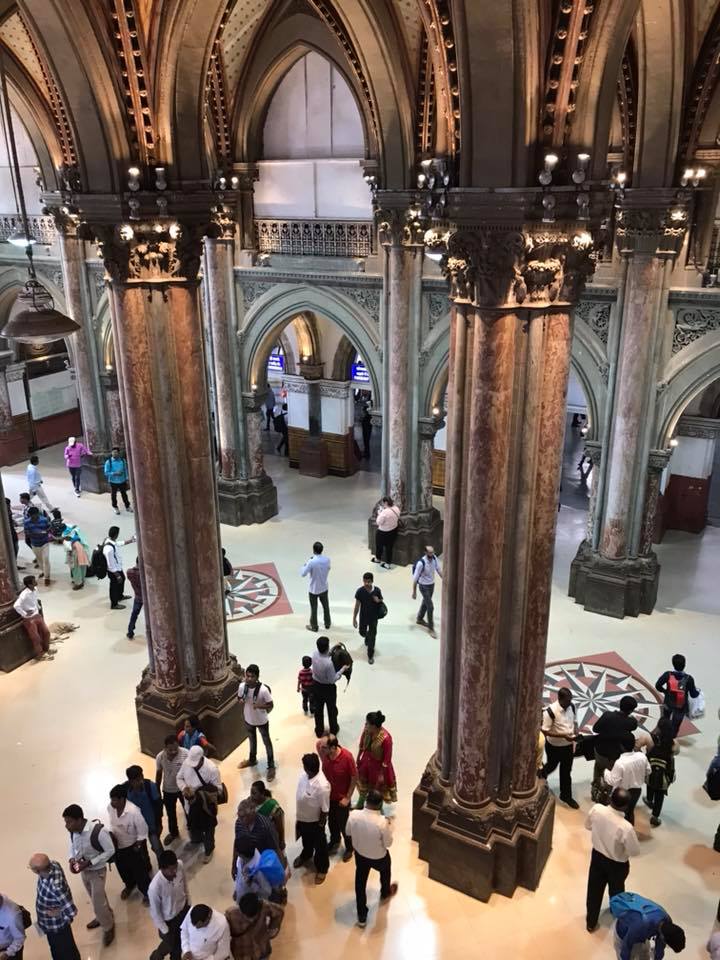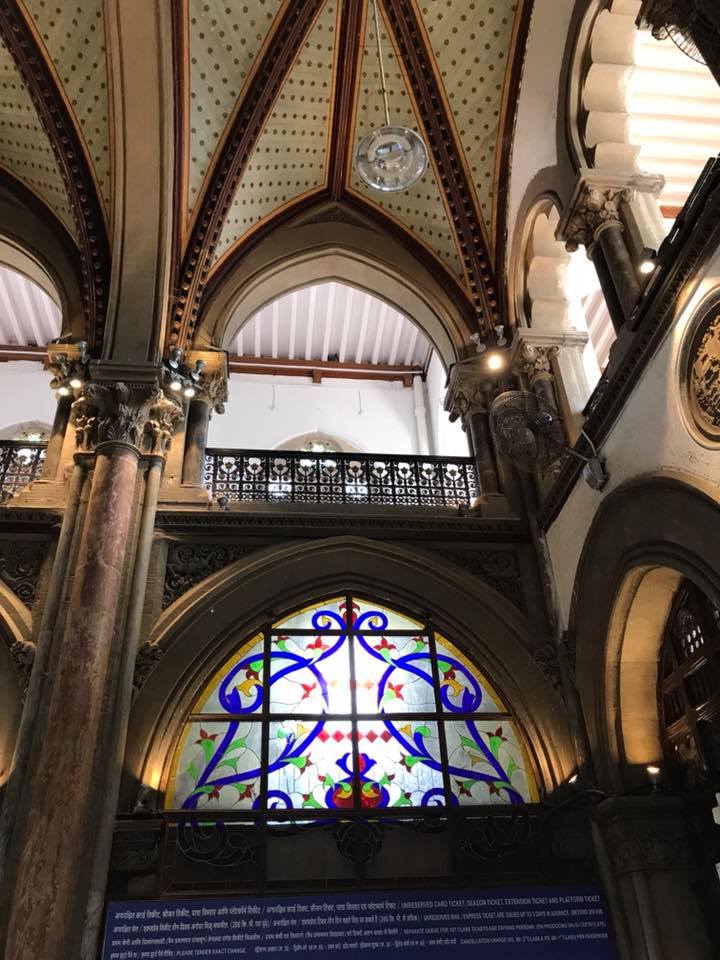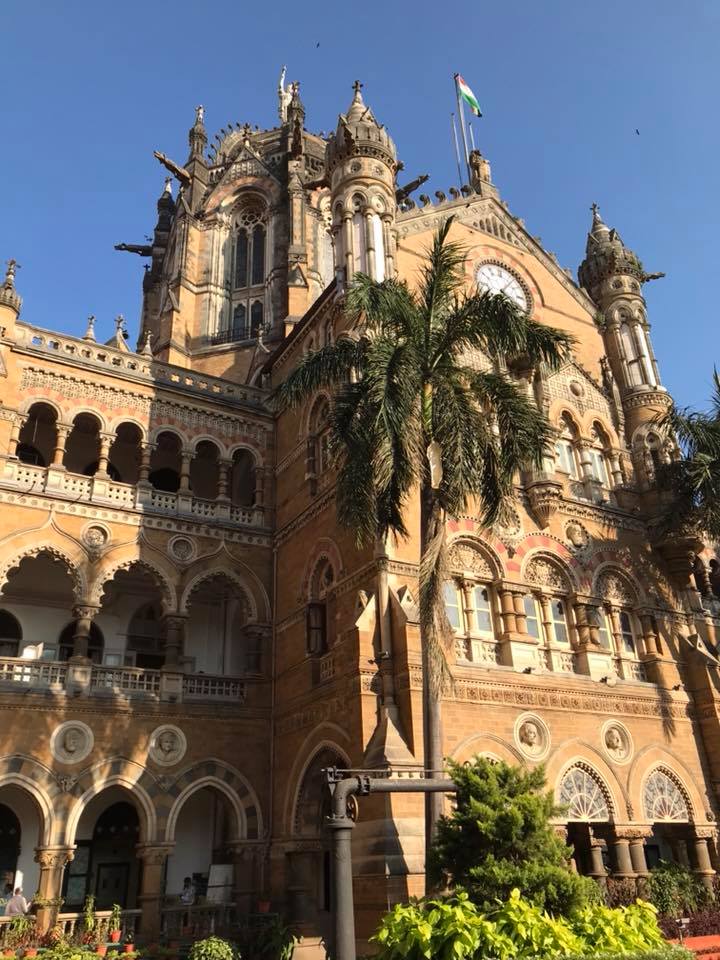Early July 2017, a colleague from the University of the Philippines Diliman passed on a daunting task of delivering a lecture on digital humanities in Mumbai, India. The task was terrifying but the thought of Mumbai was seductive. Mumbai is one of five Indian cities in my bucket list (the other cities: Delhi, Agra, Goa, and Jaipur. I already had a chance to see Jaipur. I visited two WHS there: the Amber Fort and the Jantar Mantar). I asked my colleague to give me a week to decide. But the next day, the seduction won. I called my colleague and accepted the task.
For quite some time, my idea of Mumbai was somehow colored by the Hollywood movie Slumdog Millionaire. As my plane was on its final approach, the view from the sky reinforced the representation provided by the film. However, I knew that every movie has its own politics. I kept in mind, Slumdog Millionaire was just one eye.
I can say that my visit attested that Mumbai is really a charming Indian city. Local sensibilities are entangled with colonial aesthetics (European, British mostly), creating a marvelous Indian cultural landscape. Having been in the city, I was able to experience and celebrate how the city embraced Victorian and Art Deco forms, making these artistic traditions neither completely European nor absolutely Indian. These negotiations and contestations are embodiments of the city’s ambivalence to colonialism, informing us of the complex make-up of culture and tradition.

Speaking of such intermarriage of forms, at the heart of the city is the Chhatrapati Shivaji Terminus or more popularly known as Victoria Terminus. Inscribed as a UNESCO World Heritage Site in 2004, Victoria Terminus is currently the headquarter of the city’s Central Railway System. The building was designed by Frederick William Stevens inspired by the concept of Victorian Italianate Gothic Revival architecture. At the same time, it was meant to have some similarities with Indian Goth architecture.
The terminus is still functional and to date, it is one of the busiest railway stations in the entire sub-continent of India. The Victoria Terminus serves as a terminal for both long-distance trains and commuter trains.
Victoria Terminus‘s inscription is for being an “outstanding example of Victorian Gothic Revival architecture in India, blended with themes deriving from Indian traditional architecture.” In addition, “its remarkable stone dome, turrets, pointed arches and eccentric ground plan are close to traditional Indian palace architecture.” Finally, the UNESCO document explicates that the site “is an outstanding example of the meeting of two cultures, as British architects worked with Indian craftsmen to include Indian architectural tradition and idioms thus forging a new style unique to Bombay.”
Two options to visit the terminus: public transportation (obviously, it is an easy access because it is the central station) and on a private tour. For this trip, I was on a private tour provided by my hotel: because I was to deliver a lecture, the inviting college arranged my trip.




Anyhow, the entire terminal is not accessible for everyone. The only section open to the general public is the station. Going inside the station is a sight to behold. The interior is so charming. Most of the time, my idea of a train station is “industrial.” In other words, the priority is “function” more than “form.” I mean, I come from a country where train stations are not eye-catching “destinations.” I have seen other train stations where stations are constructed artistically such as the metro in Stockholm and Antwerp Central. However, Victoria Terminus is so far the only train station that appears to be properly “curated.”
There is a different kind of order inside this marvelous piece of architecture. I mean, the city is not different from my experience with Manila in terms of crowd and chaos. But inside the station, despite sporadic noises (from the announcing speakers, footsteps and noise from the coming and leaving trains), there is a sense of order – a sort of “chaotic” order where the physical bodies of commuters become one with the artwork.



But my journey to the terminus did not end in the station. Majority of the building is now used as various offices of the different departments of the Central Station. While I was viewing the terminal museum, I asked one of the personnel several questions about the terminus. Perhaps, my curiosity influenced him to show me around the building: the benefit of a curious mind.
My fascination even grew bigger and bigger as I entered several halls. Unfortunately, I was asked to limit my photos. But this was not a problem, especially since, I had to remind myself, it was an easy access on my part.
The main staircase of the main building was also marvelously massive. It was also a walk-in-time. I could imagine British royalties walking through the staircases while a chamber orchestra would play a Thomas Busby, a Joseph Stephenson or a David Davies.
Some trivia: the main structure is built from a blend of sandstone and limestone, while high-quality Italian marble was used for the key decorative elements. The walls were lined with glazed tiles made by Maw & Co of Britain. I also learned from my guide that the four statues outside the building are representing Commerce, Agriculture, Engineering and Science, with a statue representing Progress on the central dome of the station. There is a missing sculpture. No one will miss it because of the blank space at the center of the facade. According to my guide, a statue of Queen Victoria once stood there but was destroyed at the height of nationalist fervor.

I continued walking-in-time as my guide brought me to the second floor leading to a terrace where a spectacular panoramic view of the city may be viewed. At the time of my visit, I saw a group of school children playing what I assume to be cricket in an open field with an amazing art deco building as a background. Actually, the whole panorama was magnificent. What an amazing cultural landscape of Victorian and Art Deco forms, methinks. This year (2018), these amazing pieces of architectural gems, viewed from the terrace are now inscribed as UNESCO World Heritage Site, collectively called Victorian Gothic and Art Deco Ensembles of Mumbai.
I only had a few days to explore Mumbai. I will definitely go back in the next few years and explore more of its Indo-Saracenic architectural charm via the new inscribed properties.

One Comment Add yours